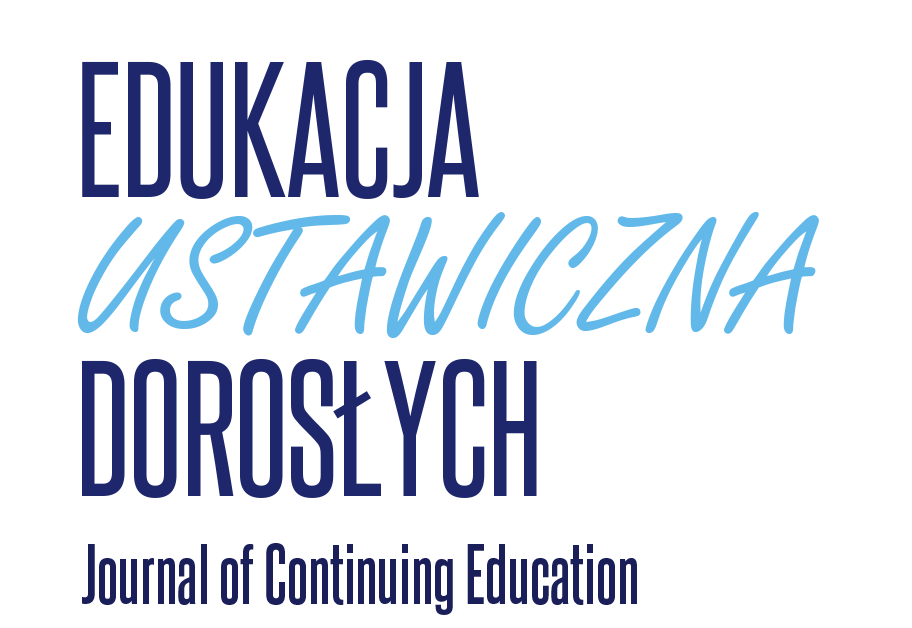Tworzenie informacji o zawodach funkcjonujących na rynku pracy ![]()
Krzysztof SYMELA
Creating information about occupations functioning on the labour market
Słowa kluczowe: rynek pracy, instytucje rynku pracy, standard kwalifikacji/kompetencji, informacja o zawodzie, klasyfikacja zawodów i specjalności, Zintegrowany System Kwalifikacji.
Key words: labour market, labour market institutions, the standard of professional qualifications/competences, an information about occupation, classification of occupations and specializations, the Integrated Qualifications System.
Abstract: Until now, Labour Market Institutions (IRP), including Public Employment Services, have based their services on various occupational resources. However, most of those resources cannot keep up with the dynamically changing content of work and legal regulations. In addition, they are not available in one place and they lack uniformity. Unquestionably, a universally recognized model for the description of a profession would create an effective tool to support employees and customers of IRP. The model as well as methodology used for its development would also effectively complement the new systemic solutions, such as the Act on the Integrated Qualifications System or the European Skills/Competences, Qualifications and Occupations (ESCO). Consequently, a new way of describing and presenting information about occupations has been developed in the PO WER project “Developing, supplementing and updating information about occupations and its dissemination using modern communication tools – INFODORADCA +”, which filled the existing gap and replaced the out-dated set of materials gathered in the old IT system “Doradca 2000”. The project has also unified the structure and supplemented new content to the standards of qualifications and professional competences developed in the years 2004–2013 at the initiative of MRPiPS. The article not only presents the genesis of the project implementation and its main activities, but also it emphasises the model and the methodology of creating occupational information.


